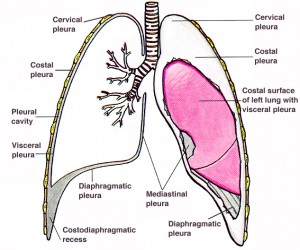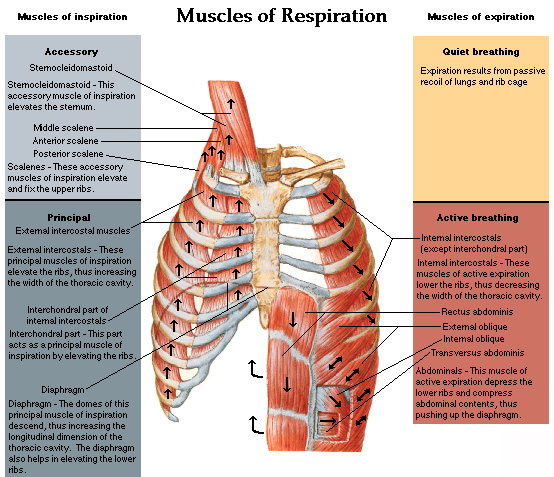UPDATE #2: The Wall Street Journal also offers a suggestion on what to do now. Place them in receivership and restructure the management. That is another way of saying to get the politicians out of the boardroom and executive suite. Run them like businesses. Combined with the energy crisis, and considering who has been controlling them, this could be another issue for the GOP in the fall. If they can work up the right narrative. And that’s a big if.
UPDATE: The Wall Street Journal comments on Why Fannie Mae and Freddie Mac were immune to critics even back in the Reagan Administration.
Mr. Wallison, who went on to become White House counsel, decided to devote himself to exposing the potential risks posed by the mortgage giants after he retired from law practice and joined the conservative American Enterprise Institute in 1999.
Almost immediately, he said, he experienced political pressure of the sort that—until now—has made Fannie Mae largely invulnerable to new legislative oversight and left it under the supervision of a weak financial regulator.
At the time, he sat on the board of a mortgage-insurance company that did extensive business with Fannie Mae. When the company’s officials noticed that they weren’t being chosen to insure some mortgage pools, Fannie officials told them it was because of Mr. Wallison’s new project at AEI, he said.
The original WSJ article is behind the subscription wall.
We are seeing a meltdown in the mortgage market as it was reconstituted after the S&L crisis of the 1980s. One of the two huge “market makers” for home mortgages is Fannie Mae or Federal National Mortgage Association. It was originally founded in the Depression to assist in increasing home ownership and decreasing foreclosures, many of which involved people who had little debt on their homes but no income to pay the interest. In 1968, it was rechartered and began to buy “conforming” mortgages from originating banks and S&Ls, then bundle them into bonds containing many mortgages, and sell them in a secondary market that gradually grew.
In 1969, when I bought my first home for $36,000. The minimum down payment was 20%. The loan was made by Home Savings and Loan at an interest rate of 4% and my house payment was $204/ month. The seller, who had already bought another house, was willing to take back a 10% second TD of $3500, on which I paid $35/month until I paid it off two years later. The primary trust deed was held by Home S&L in their own portfolio so they had an interest in determining that I was a good risk. In those days, the S&Ls loaned money at 4% or so and borrowed it from depositors at 2.5 to 3%. It was considered a safe, although rather dull, business. The profit was the difference and they were bared from riskier investments.
Then came Jimmy Carter and interest rates of 18%. At first, inflation took off as spending was high and the economy was stuck in what was called “stagflation.” The bear market of 1974 halved the value of the stock market. The 1960s bull market was over. People who had their savings in S&L accounts watched as inflation ate them up. They were collecting interest of 3% and inflation was 12%. They did the rational thing and withdrew their savings. They found unusual investments for them. My partner and I invested our pension account funds in second trust deeds that were steered to us by a real estate broker we knew and who made sure that we only bought good loans. These paid as much as 18% for two or three years. I also bought Treasury bonds that paid 16% coupon rate and I bought them at a discount so the real return was 18%. That was good money.
Others bought gold although it was still illegal until 1974. The inflation led to a flurry of decisions to avoid the dollar including buying antiques and crystal art pieces. It also led to the first inflation of home prices. The S&Ls were in serious trouble but it all came to a head when, in 1980, Fernand St. Germain, chairman of the House Banking Committee, lit the match that burned the S&Ls down.
One night in 1980, Representative Fernand St Germain (D-Rhode Island), whose $10,000-to-$20,000-a-year restaurant and bar tab was paid for by the S&L industry’s chief lobbyist, proposed raising federal insurance on S&L savings accounts from $40,000 to $100,000- even though the average size of an S&L account was $6,000. He waited until after midnight, when only eleven representatives were still on the floor of the House; they approved his proposal unanimously.
But St Germain was just getting warmed up. In 1982, he cosponsored a bill that removed all controls on what S&Ls could charge for interest and released them from their century-old reliance on home mortgages.
Around the same time, the Reagan administration ended the requirement that S&Ls lend money only in their own communities, allowed them to offer 100% financing (i.e. no down payments), let real estate developers own their own S&Ls, and permitted S&L owners to lend money to themselves.
These changes were like taping a sign to the S&Ls’ backs that read, “Defraud me.” In fact, it’s widely rumored that Mafia lawyers and accountants carefully monitored the progress of this bill as it worked its way through Congress, ready to pounce the moment it became law.
I don’t agree with the conspiracy theory here but the facts are correct and the reader can draw his or her own conclusion.
The result was disaster by 1985. My ex-wife worked for the Resolution Trust Commission managing bankrupt S&Ls and selling off their assets. She had a background in mortgage banking and told me some amazing stories. The self dealing and criminal behavior was astonishing.
The recovery of the housing market was nursed by Fannie Mae and Freddie Mac, both of which restructured the entire mortgage industry. No longer did local banks and S&Ls loan their own money to worthy borrowers, collecting the payments and amortizing the loan over 20 or 30 years. They “packaged” the loan and resold it to one of the big national bundlers like Fannie Mae. Sometimes the loans were sold to private investors.
Things did not begin to heat up again until the end of the Clinton Administration. The internet stock bubble left a lot of people with money to invest but few good opportunities. Many had taken their money out of the stock market after making plenty of money. Secondly, after 9/11, the Bush Administration was determined to avoid a recession brought on by the huge capital loss of the WTC collapse. The Panic of 1907 was precipitated by the San Francisco Earthquake and the huge losses to insurance companies. The Great Depression was partly a reaction to the default of war loans from World War I and the reparations demanded of Germany. There was fear that another severe financial panic would follow 9/11. In fact, that may have been a large part of the plan by Osama bin Laden. As a result, the banks had a lot of money to lend and they soon ran out of worthy borrowers. What to do ? Lend it to people with less than sterling credit. After all, houses were going to keep going up in price, weren’t they ?
Enter the chislers and scammers. Some of whom were former Clinton Administration members who got themselves appointed to the boards of the two big mortgage lenders. Did they have a broad background in mortgage banking ? No. They were politicians, like Jim Johnson who recently left the Obama campaign where he had been serving as the co-chair to vet potential VP nominees. What was his background ? Politics, not finance.
James A. Johnson is a United States Democratic Party political figure. He was the campaign manager for Walter Mondale’s failed 1984 presidential bid and chaired the vice presidential selection process for the presidential campaign of John Kerry. In the 2008 election, he is a member of the vice-presidential selection process for the presumptive Democratic nominee, Senator Barack Obama.
From 1991 to 1998, he served as chairman and chief executive officer of the Federal National Mortgage Association (Fannie Mae), the quasi-public organization that guarantees mortgages for millions of American homeowners. Previously, he was vice chairman of Fannie Mae (1990-1991) and a managing director with Lehman Brothers (1985-1990).
Franklin Raines at least had some financial background. His tenure at Fannie Mae, however, did not inspire confidence. For a while it looked like he might be indicted. Then the Democrats took over Congress and all was forgiven.
Jamie Gorelick, former Clinton Deputy Attorney General, however, had no background in finance. She is a lawyer. She did very well for herself, though. Now we are at the next big crisis and Fannie Mae is in trouble. Where is Gorelick ? Back at her law firm. What is the connection between Fannie Mae and 9/11 ? The link is Jamie Gorelick. What a career !
She helped bring the attack on 9/11 by blinding the intelligence agencies, then she profits from the easy money that follows the attack. She still has a few fingers in the pot, as you will seen in the Volkh piece. You can tell it’s all politics because the defenders are out already. Thank God for Mickey Kaus.

